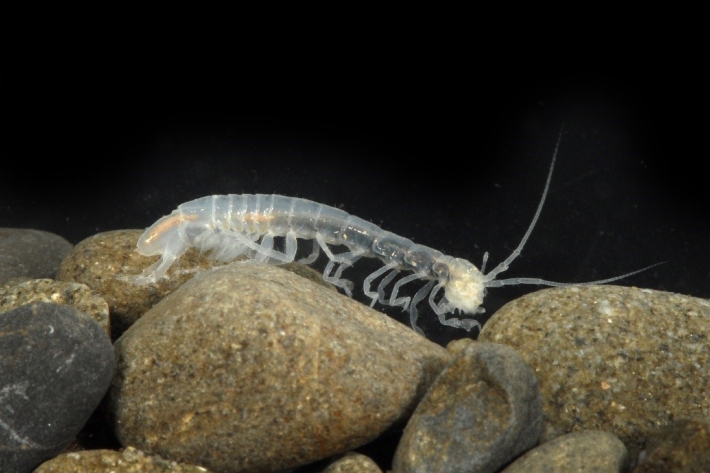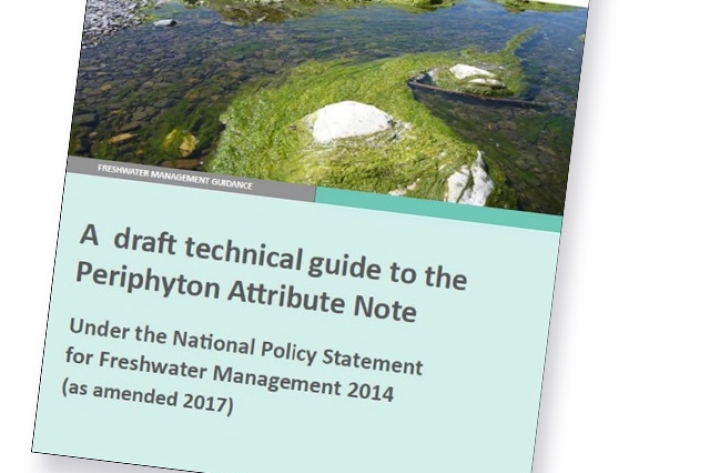03 September 2018
Freshwater Update 78 brings you the latest information from our Freshwater & Estuaries Centre, with articles that cross a broad spectrum of freshwater research, from archives to aquifers, periphyton guidance, geo-engineering and swimmability.
In this issue

The value of archived biological collections: understanding the lake snow invasion
Lake snow was first reported as a problem in Lake Wanaka around 2004, and was known only from Lake Wanaka for almost 10 years.
Taking a look at aquatic life below ground
A seminal review has just been completed. It describes aquatic life within aquifers, outlines the ecosystem services and values supported by groundwater ecosystems, and discusses the key factors that affect and threaten groundwater ecosystems.
New NPS-FM periphyton guidance released by Ministry for the Environment
A technical guide to the Periphyton Attribute Note under the National Policy Statement for Freshwater Management (NPS-FM) 2014 (as amended 2017) has been released, as a draft, this month by the Ministry for the Environment.
Which lakes can geo-engineering help to rehabilitate?
Many of the riverine and peat lakes in the Lower Waikato are degraded, with turbid water and algal blooms predominating. Recent research has focused on assessing the potential use of geo-engineering products, to clear the water column and cap lake sediments, to minimise the release of the nutrient phosphorus that can fuel algal blooms.
‘Swimmability’ of New Zealand rivers
Swimming is a popular activity in Aotearoa-New Zealand. Two attributes of waters that strongly affect aesthetic quality and safety for swimming are visual clarity and faecal contamination. It turns out that these two attributes are fairly well-correlated (inversely) in New Zealand rivers, such that (easily seen) visual clarity provides a rough-but-useful guide to (unseen) microbial quality.
New collaborative project on productive riparian buffers
NIWA is working with DairyNZ, Regional Councils and farmers on a new project to evaluate riparian planting options that have economic as well as environmental benefits. The project is co-funded by the Sustainable Farming Fund. Read the article Research into productive riparian buffers on the DairyNZ website, or contact Dr Fleur Matheson.
